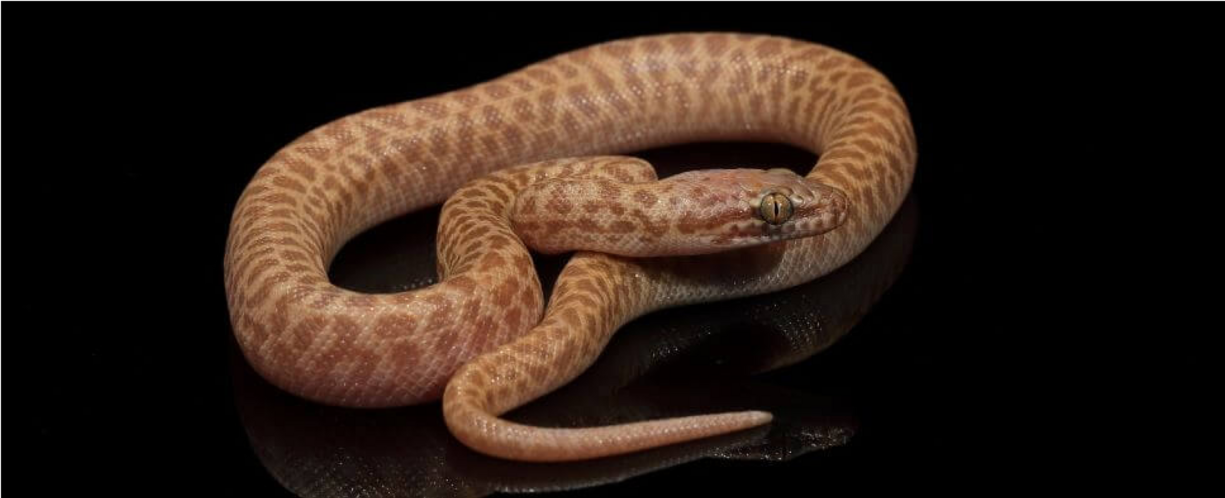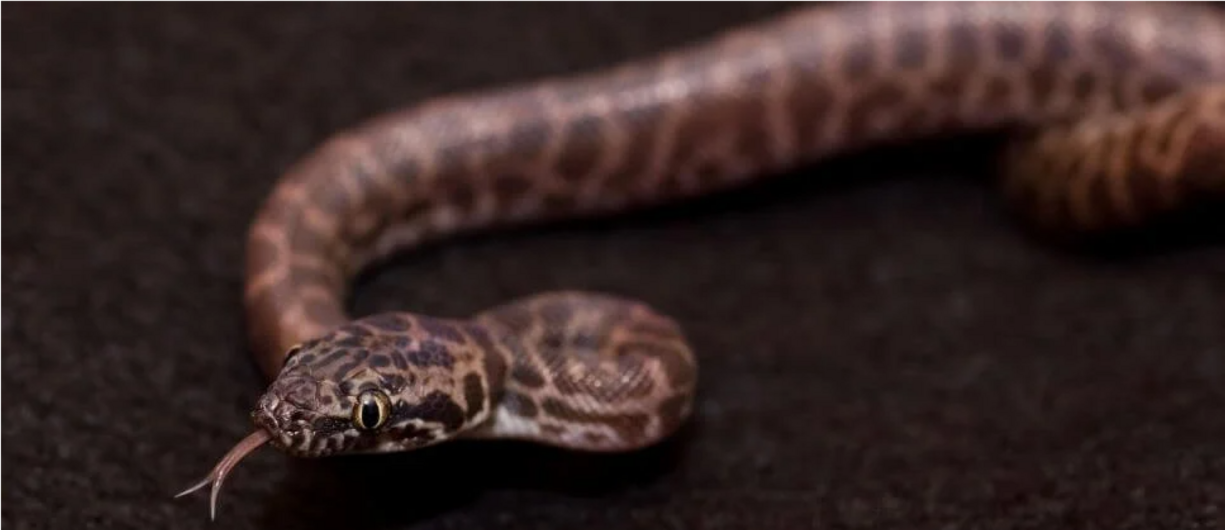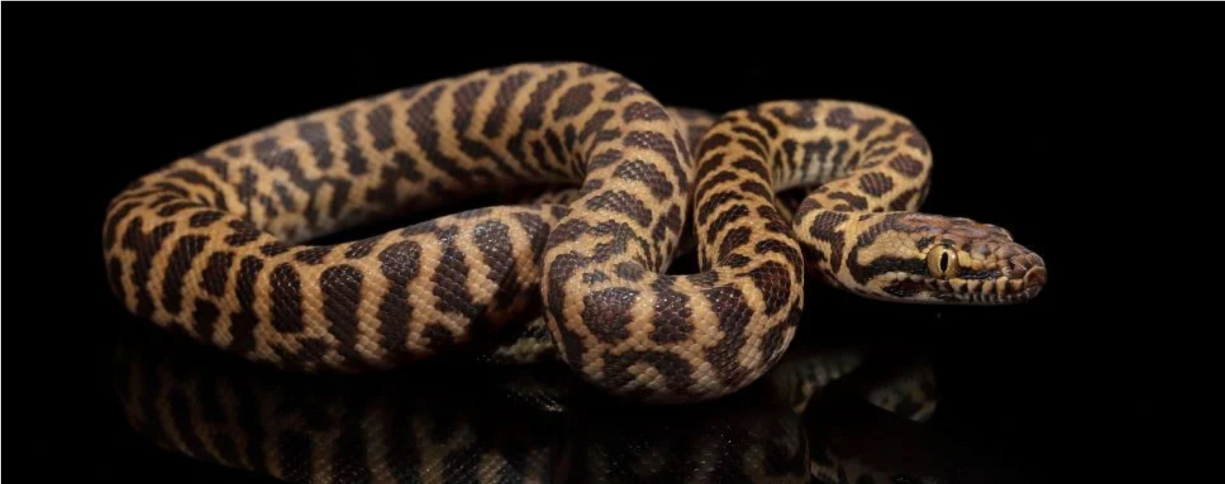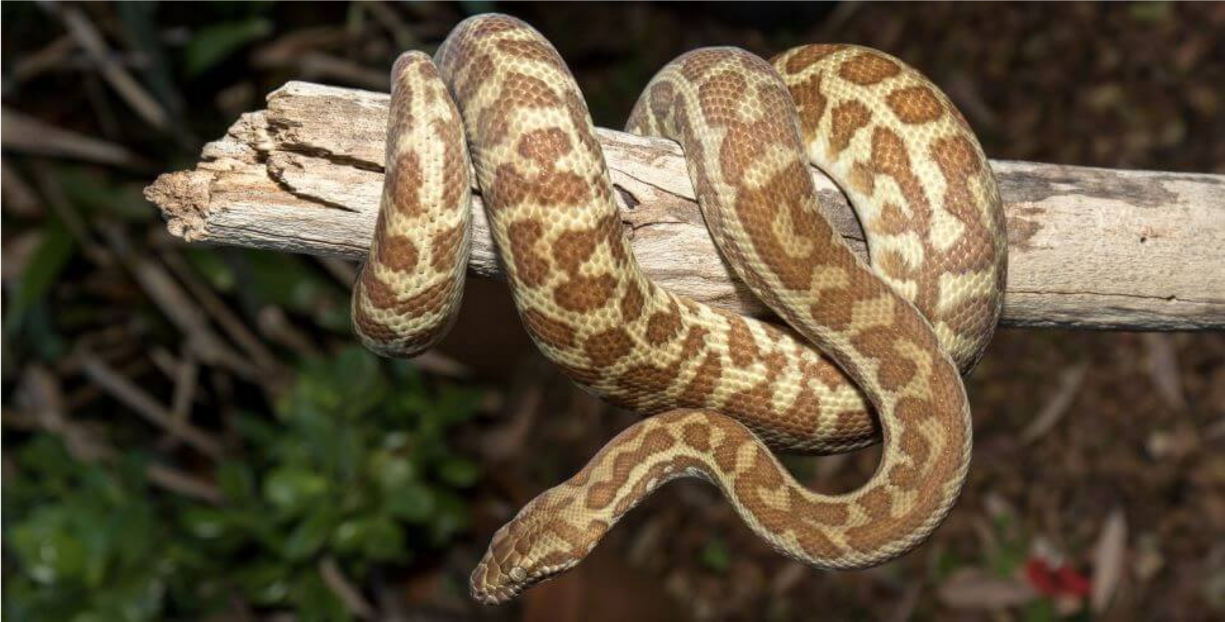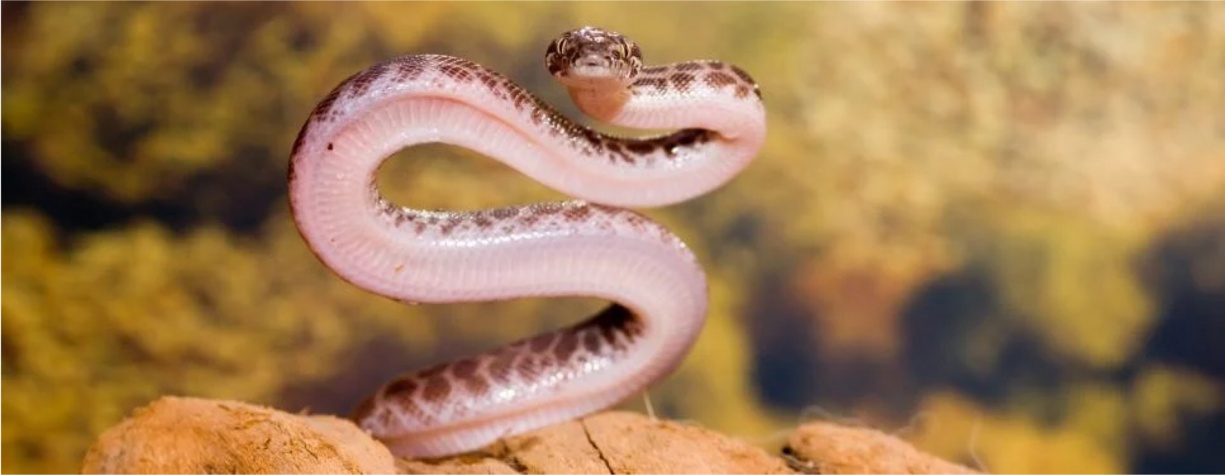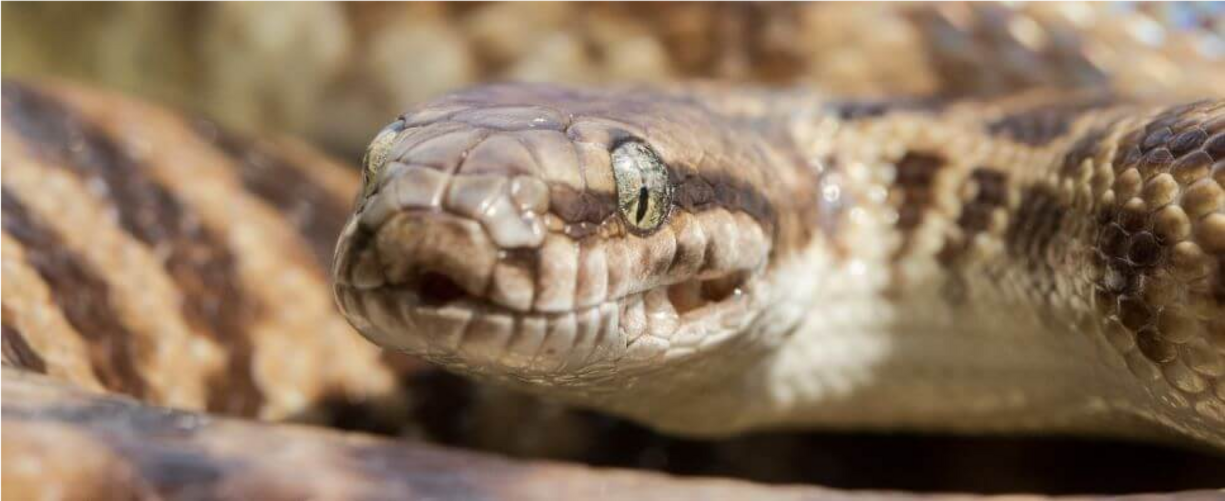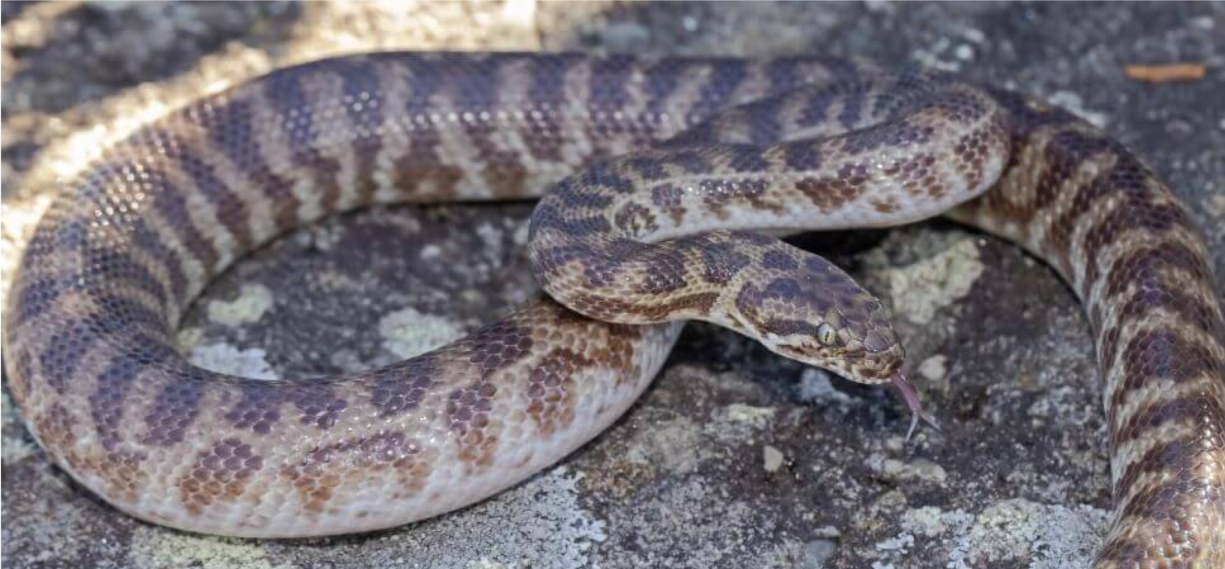Type of Enclosure
Glass enclosures are always better than plastic, especially since heat sources can melt plastic! Glass enclosures will also last, are scratch-resistant, and are much easier to clean. Enclosures should be easy to access for handling and cleaning, and avoid enclosures with small doors. Well-designed enclosures will have large front doors that often will open an entire side of the enclosure, along with top access. They normally will include mesh panels on top for ventilation and UV access, and have no potential escape routes. Doors should all be latchable, and some enclosures will have attachments for locks. Exo-Terra enclosures are high quality, and come in several different sizes and configurations to suit most species.
Size and Location of Enclosure
Ensure that the enclosure you choose is large enough to accommodate your furniture, as well as allowing for enough space for your snake to stretch out and roam. This also involves planning where the enclosure will be located in your house, as you don't want to get an enclosure that doesn't fit in the location you've chosen. Your enclosure should be in a quiet room that isn't a common area or thoroughfare. Remember that stress can cause injury or illness in reptiles, and signs of stress may not be as apparent as in mammals.
Your enclosure should also be located in a room with as few temperature fluctuations as possible. For example, a room where the air conditioning is constantly being turned on or off is not ideal, or a room that gets strong sunlight for only a few hours each day.
Finally, other pets in the household should not be able to access the enclosure, even if they can't open it or get on top of it. Dogs and cats are predators of reptiles.
Python Heating
A proper, well-maintained heating system is vital for keeping your python healthy and happy. Reptiles are ectothermic, which means that they need to rely on external sources of body heat. All body functions are heat-dependent, including heart rate, digestion, and respiration. Pythons that don 't get enough heat will suffer from suboptimal organ function and become unwell.
Although setting up a thermostatically-controlled heating system can be more expensive and tricky in the short run, a proper system should only require basic maintenance in the long run, and will be invaluable for ensuring your snake stays healthy
Reptiles require a basking spot in the enclosure set to their preferred body temperature (PBT), which in our small pythons is 33-35 degrees Celsius. At the opposite end of the enclosure, they should have their cool end, which is an area that sits around 25-28 degrees Celsius. Reptiles are great at sensing environmental temperatures, and having a hot end and a cool end will allow them to regulate their body temperature by moving between the hot and cool end as needed. The basking area can mimic a natural spot in the wild, and include flat, smooth rocks, or thick branches for your python to adjust their distance from the heat source.
The great thing about a thermostat is that it will automatically monitor temperatures in the hot and cool end, and adjust the heating to account for that. This means that very little input is required to maintain an ideal temperature gradient for your python.
